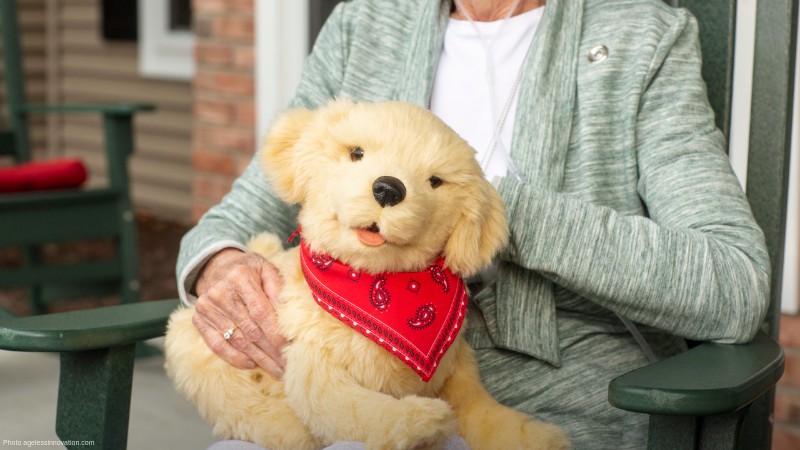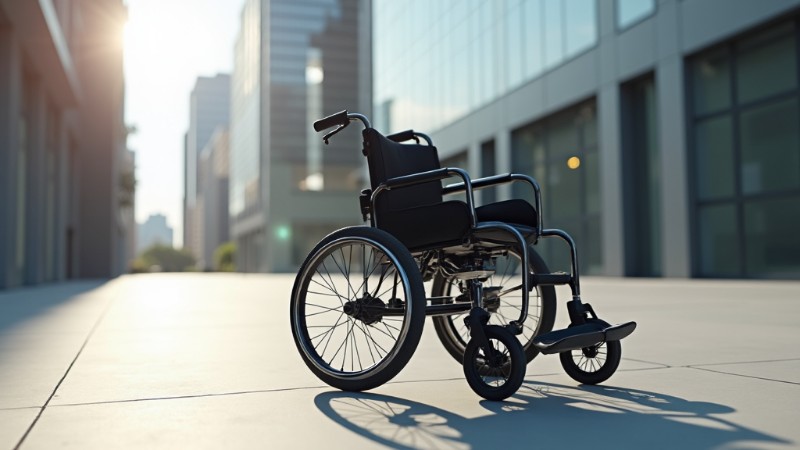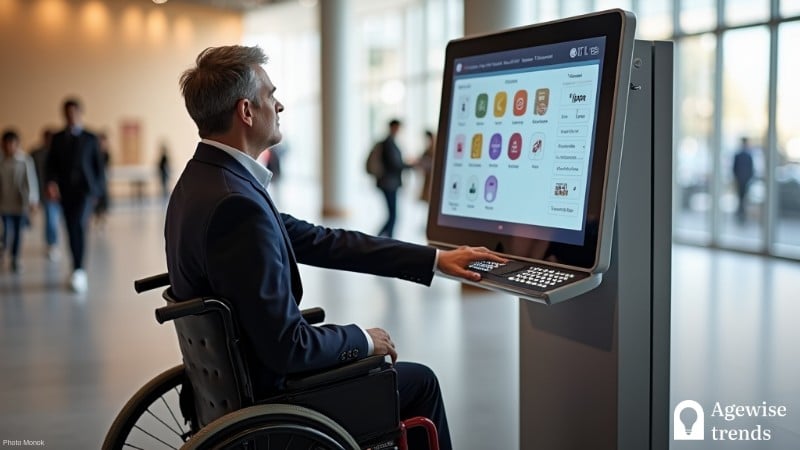In an era where technology often deepens feelings of loneliness and isolation, one company is tapping into innovation to help ease these challenges for older people.
Ageless Innovation has developed a range of interactive robot pets that have become more than just novelties; they’re lifelines for many seniors across America.
These meowing “cats,” wagging “dogs,” and chirping “birds” are more than just lifelike toys; they provide emotional support, lifting the spirits of older individuals who may be struggling with isolation or loneliness.
Key Takeaways
Interactive robot pets are being used to combat loneliness among America’s elderly population.
- Ageless Innovation has developed lifelike robotic pets that provide emotional support to seniors, with positive feedback from users.
- State-funded programs distribute these robots to veterans and hospice patients, as well as residents aged 60 and older.
- These devices not only benefit the elderly but also enhance interactions between younger caregivers and older adults.
Robotic pets as assistive devices for seniors
State-funded programs now provide animatronic pets to veterans and individuals in hospice care, with wards distributing them to residents aged 60 and older.
Ted Fischer, CEO of Ageless Innovation, notes that the impact of these robotic companions goes beyond anecdotal stories. Feedback from users offers solid proof of their positive effects on emotional well-being.
The company’s success is largely attributed to its collaboration with Hasbro, which initially created similar toys before granting Ageless Innovation exclusive rights to adapt them specifically for seniors.
Among the offerings are three types of cats, two breeds of dogs, and even a Blue Bird and Cardinal, all designed to bring comfort and companionship.
While these robots mainly benefit older adults, they also provide emotional support to younger relatives and home care nurses, becoming a valuable addition to daily interactions.
Many seniors first encounter these pets through state programs like those run by the New York Office for Aging, but they can also be purchased directly from JoyforAll.com or Amazon.
The connection between older individuals and their robotic companions can vary greatly—some form a bond immediately, while others take a little more time to connect.
Robots for elder care: an innovative approach
Ageless Innovation’s robotic pets offer a unique approach to senior care, highlighting the role of technology in improving the lives of those in their senior years.
These devices are more than just toys; they are designed to engage the older generation emotionally and socially, helping to address issues like loneliness and depression.
The company continues to refine its products, using feedback from users to develop new models and features that remain effective in providing companionship.
As technology advances, these robots could play an even more prominent role in supporting and interacting with aging individuals.
Bridging generational gaps
These robot pets create a shared connection between older adults and younger caregivers or family members, helping to bridge generational gaps that might otherwise limit meaningful interactions.
The joy evident on seniors’ faces as they engage with their robotic companions is just one sign of the profound impact this technology can have on their emotional well-being.
Caregivers, too, report feeling more connected to residents and patients when they witness these positive effects firsthand, further emphasizing the value of incorporating such technologies into daily care routines.
Expanding access
Ageless Innovation is working to make its robotic pets available not only through state programs but also directly to individuals seeking companionship for themselves or their elderly loved ones.
The company provides a variety of resources and support to guide those interested in these pets, offering detailed insights into the available models and their potential to improve the daily lives of seniors.
Designed to address the issue of isolation, these robotic pets are meant to provide meaningful companionship, significantly enhancing the quality of life for seniors.
In an increasingly digitally connected world, these physical interactions through technology emphasize the vital role of companionship in reducing loneliness.
Ted Fischer remains hopeful about these innovations’ impact on senior care, envisioning a future where technology offers practical support and provides emotional comfort and joy for older adults.















